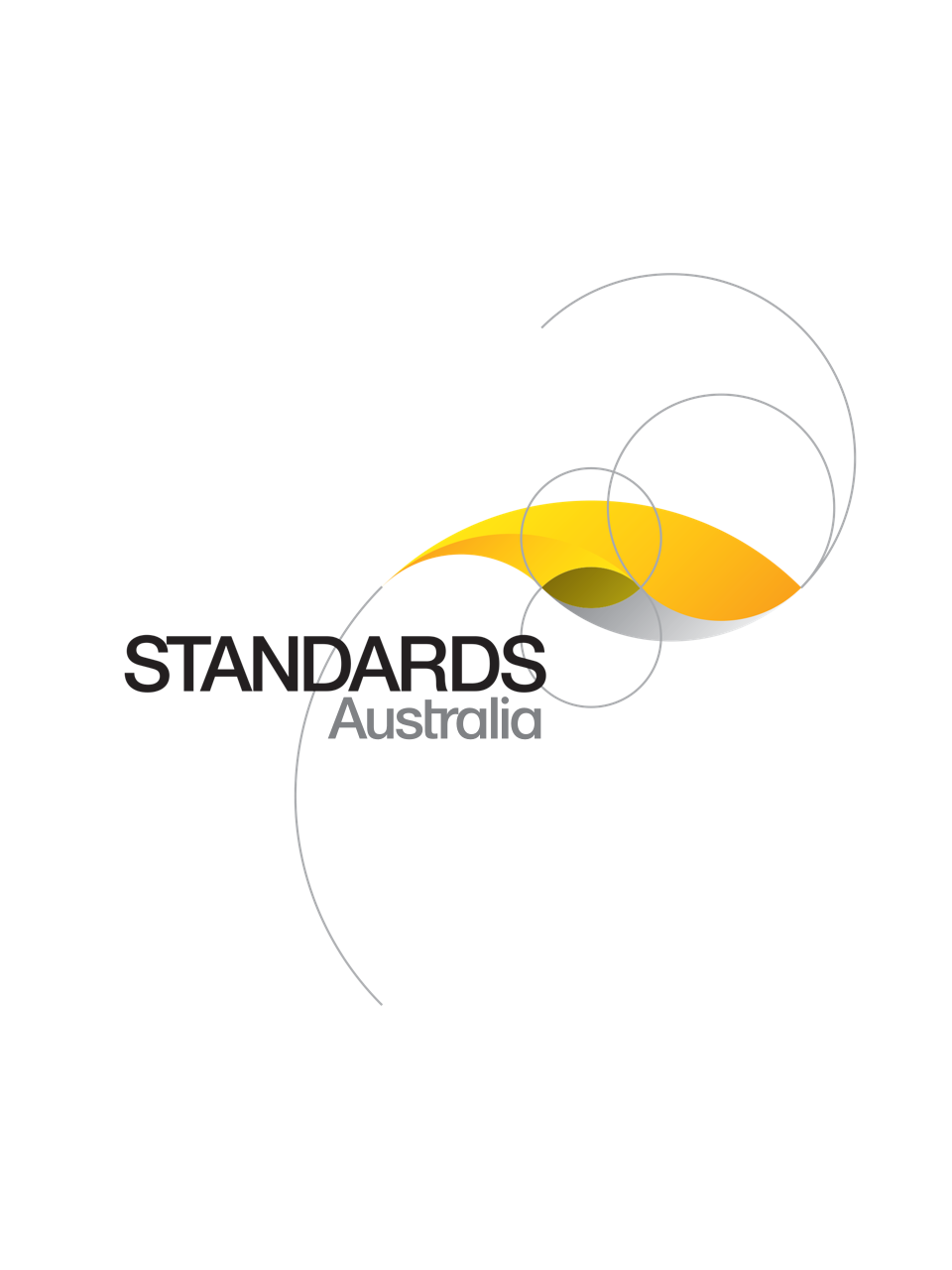Standard
ISO 5725-2:2019
[Superseded]Accuracy (trueness and precision) of measurement methods and results — Part 2: Basic method for the determination of repeatability and reproducibility of a standard measurement method
1.1 This document
— amplifies the general principles for designing experiments for the numerical estimation of the precision of measurement methods by means of a collaborative interlaboratory experiment;
— provides a detailed practical description of the basic method for routine use in estimating the precision of measurement methods;
— provides guidance to all personnel concerned with designing, performing or analysing the results of the tests for estimating precision.
NOTE Modifications to this basic method for particular purposes are given in other parts of ISO 5725.
1.2 It is concerned exclusively with measurement methods which yield measurements on a continuous scale and give a single value as the test result, although this single value can be the outcome of a calculation from a set of observations.
1.3 It assumes that in the design and performance of the precision experiment, all the principles as laid down in ISO 5725-1 are observed. The basic method uses the same number of test results in each laboratory, with each laboratory analysing the same levels of test sample; i.e. a balanced uniform-level experiment. The basic method applies to procedures that have been standardized and are in regular use in a number of laboratories.
1.4 The statistical model of ISO 5725-1:1994, Clause 5, is accepted as a suitable basis for the interpretation and analysis of the test results, the distribution of which is approximately normal.
1.5 The basic method, as described in this document, (usually) estimates the precision of a measurement method:
a) when it is required to determine the repeatability and reproducibility standard deviations as defined in ISO 5725-1;
b) when the materials to be used are homogeneous, or when the effects of heterogeneity can be included in the precision values; and
c) when the use of a balanced uniform-level layout is acceptable.
1.6 The same approach can be used to make a preliminary estimate of precision for measurement methods which have not reached standardization or are not in routine use.
Published: 06/12/2019
Pages: 69
Content history
Content history
[Current]
[Superseded]
[Superseded]
One-time Purchase
Access via web browser on any device
One-time purchase
Single publication
Offline access via PDF^
$122.50 AUD
Inclusive of GSTFormat *
Web Reader (PDF)
Licenses *
1 License (for yourself - not shareable)
Total$122.50 AUD
IMPORTANT
